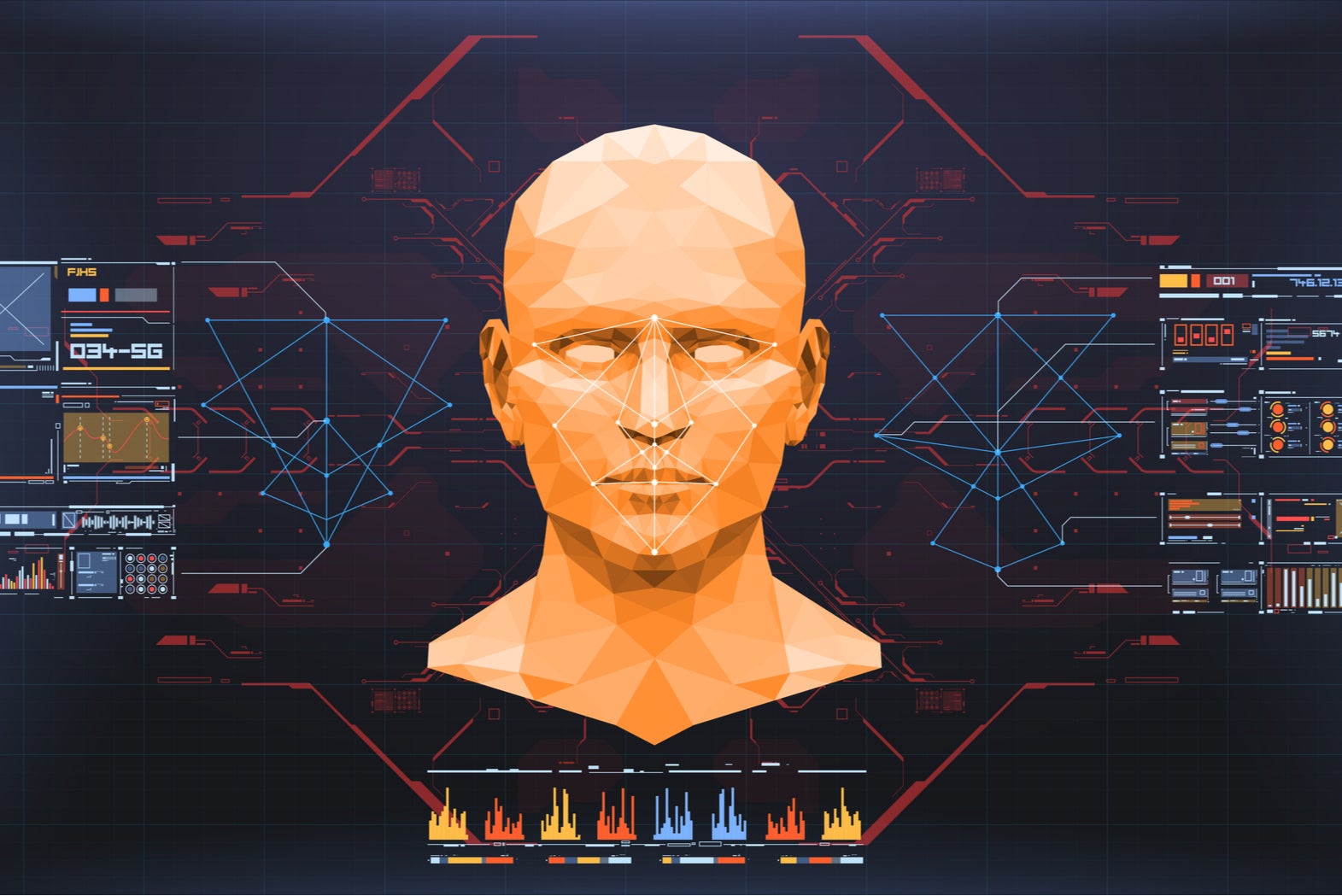
A team of neuroscientists from the University of Glasgow have shown how the identity information stored in an individual’s brain can be used to create accurate 3D facial models.
The study, a world first, was conducted to improve understanding of the brain mechanisms of face identification.

Access deeper industry intelligence
Experience unmatched clarity with a single platform that combines unique data, AI, and human expertise.
The researchers asked 14 University of Glasgow employees to recall the faces of four of their colleagues, which was used to determine which features are most commonly used to identify a person from memory.
In order to determine that other factors weren’t being used, the volunteers were asked to compare faces belonging to similar groups of people, such as age, gender or ethnicity, all of which had unique facial features.
The researchers developed a Generative Model of 3D Face Identity as part of the study, which relied on a database of 355 faces and descriptions of each faces’ shape and texture.
“It is difficult to understand what information people tore in their memory when they recognise familiar faces,” Philippe Schyns, professor of visual cognition at the Institute of Neuroscience and Psychology, and one of the researchers involved in the study, said.

US Tariffs are shifting - will you react or anticipate?
Don’t let policy changes catch you off guard. Stay proactive with real-time data and expert analysis.
By GlobalData“But we have developed a tool which has essentially given us a method to do just that.”
Using this tool, the researchers were able to reconstruct an individual’s face from descriptions given by the volunteers.
Volunteers were then asked to rate the resemblance between the face in their memory and the facial model generated by the tool.
“By reverse engineering the information that characterises someone’s identity, and then mathematically representing it, we were then able to render it graphically,” Schyns explained.
The study, titled “Modelling face memory reveals task-generalisable representations”, is being published in the Nature Human Behaviour research journal.
Identity information modelling: potential uses
The researchers note that the study could potentially lead to improvements in eyewitness testimonies by allowing the reconstruction of more accurate representations from a person’s memories that could help to track down those suspected of a crime.
However, the use of emerging technologies in policing often draws controversy.
The use of facial recognition technology, for example, has been questioned. Many feel that the use of such technology breaches privacy, and could lead to racial injustice.
A recent freedom of information request revealed that facial recognition technology being tested by London’s Metropolitan Police service incorrectly identified members of the public 96% of the time, showing the importance of further testing before such technologies can be used with confidence.
The findings could also be used to improve artificial intelligence systems and gaming technology, the study notes.
Read more: Nanorobots in the brain may make it possible to access the internet simply by thinking







